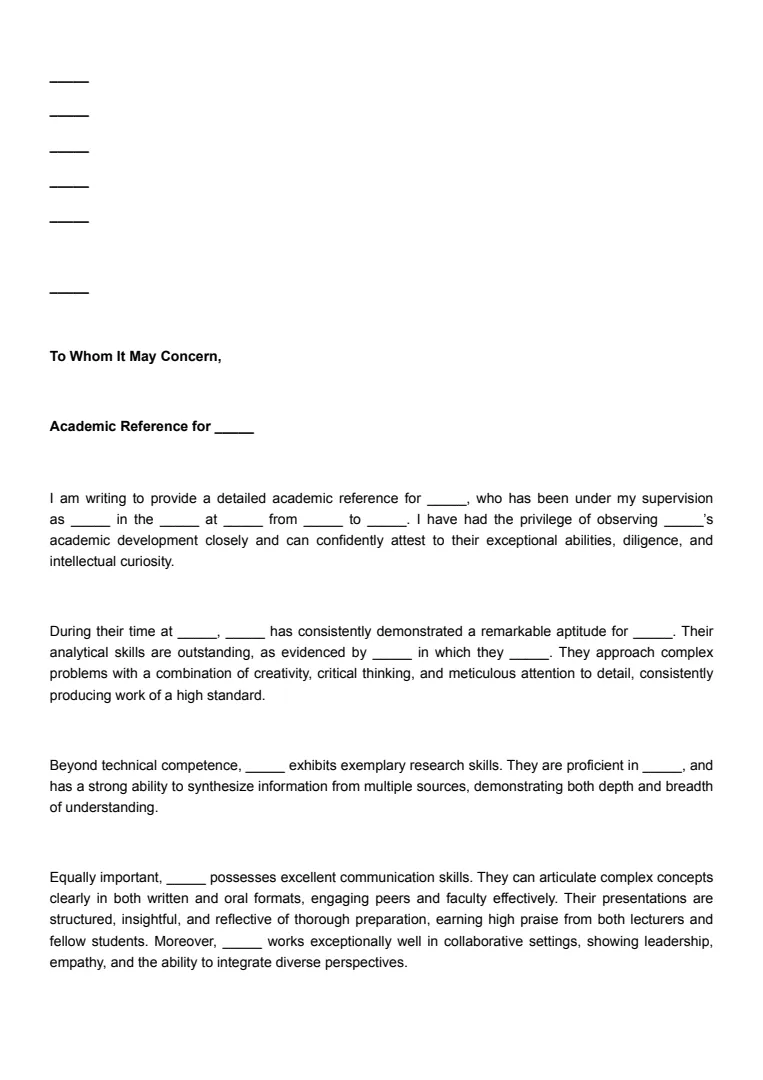What Is a Resignation Letter?
A resignation letter is a formal way of letting your employer know that you're leaving your job. It spells out your intention to resign and includes the last day you plan to work.
Key Features of a Resignation Letter
A resignation letter should include the following key features:
- Purpose: Clearly states your decision to leave.
- Professional Format: Starts with a salutation, includes the main body, and ends with your signature.
- Timeline: Often includes your final working day, given the standard notice period.
Types of Resignation Letters
There are several types of resignation letters. You might have a simple resignation letter, which is short and to the point, or a detailed one giving more context for your decision to leave.
- Direct Resignation: Simply states your decision to leave without going into detail.
- Relocation Resignation: Indicates you're leaving because you're moving to a new place.
- Immediate Resignation: Used when you can't provide the usual notice period.
Each type still covers the essentials but can be tailored to fit your situation. A standard resignation letter is professional yet concise, offering you a chance to leave on good terms.
When Is a Resignation Letter Needed?
A resignation letter is often necessary when you want to leave your job formally and professionally. By providing written notice, you inform your employer of your intention to leave. This document can also serve as proof of your decision if there are any disputes later.
A resignation letter becomes essential if your employment contract specifies that you must give notice. This contract may require you to provide two weeks' notice or even longer, depending on your role and industry.
You must always check your contract to understand your obligations. You'll likely need a resignation letter if your employer requests it for their records. Some companies follow a formal HR process where a written resignation is standard practice. This helps maintain clear records and ensures everyone is on the same page.
You can also write a resignation letter to outline the last day you plan to work. Doing so can help your employer make arrangements to cover your workload. Specifying your last day can also give you clarity and peace of mind during your transition.
Additionally, you might need one when resigning for specific personal reasons, such as relocation or family commitments. A formal letter lets you express these reasons tactfully and gives your employer ample time to adjust.
How to Write a Resignation Letter
Creating a resignation letter can feel daunting, but it’s straightforward if you break it down into steps. Here's how you can craft yours.
Step 1: Begin With Contact Information
Start by including your contact details at the top of the letter. This should include your name, address, phone number, and email.
Below this, add the date. If emailing, these details are unnecessary, as the email will automatically include your information.
Always address your letter to the correct person.
Step 2: Address and Salutation
Direct the letter to your line manager or HR. If you know them well, a simple ‘Dear [First Name]’ is sufficient. If you're keeping things formal, use their full name.
Step 3: State Your Intentions Clearly
In the opening paragraph, immediately state that you’re resigning.
Mention your job title and the company’s name. This sets a clear tone and intention from the start, helping avoid confusion.
Step 4: Mention Notice Period
Incorporate the notice period as per your contract to determine your final working day, ensuring you're compliant with company policy. Clearly stating your last day will help both you and your employer plan the transition smoothly.
Step 5: Express Gratitude
Include a brief paragraph expressing gratitude for the opportunities you've had. This is important to maintain a professional tone and to leave a positive impression, no matter the circumstances of your departure.
Step 6: Offer Assistance With the Transition
If possible, offer support during the transition, like training a replacement. This can include detailing ongoing projects or even suggesting potential successors.
Step 7: End on a Positive Note
Close your letter politely, expressing your desire to keep in touch.
Use a friendly but professional sign-off, such as ‘Yours sincerely’, followed by your name.















